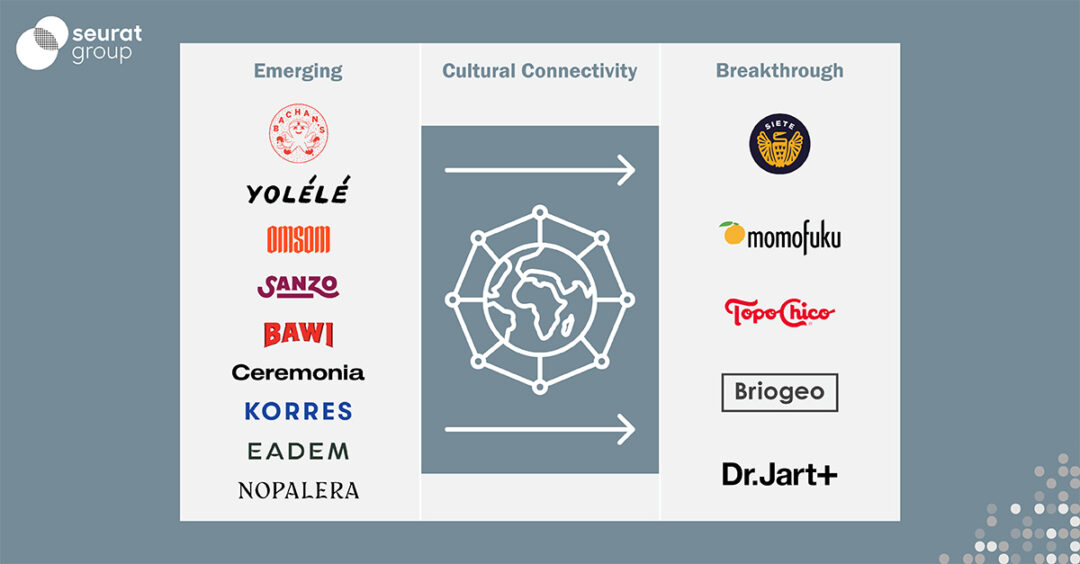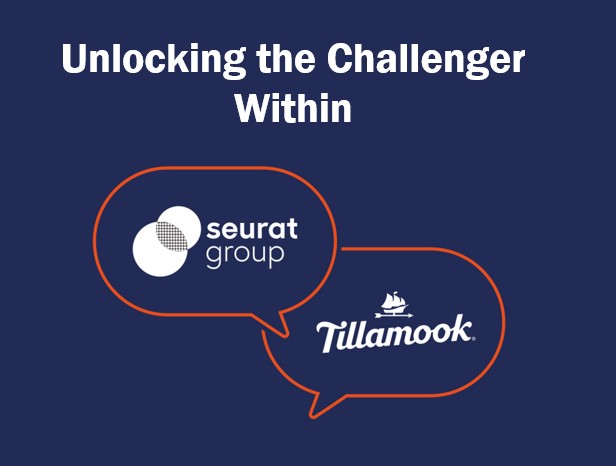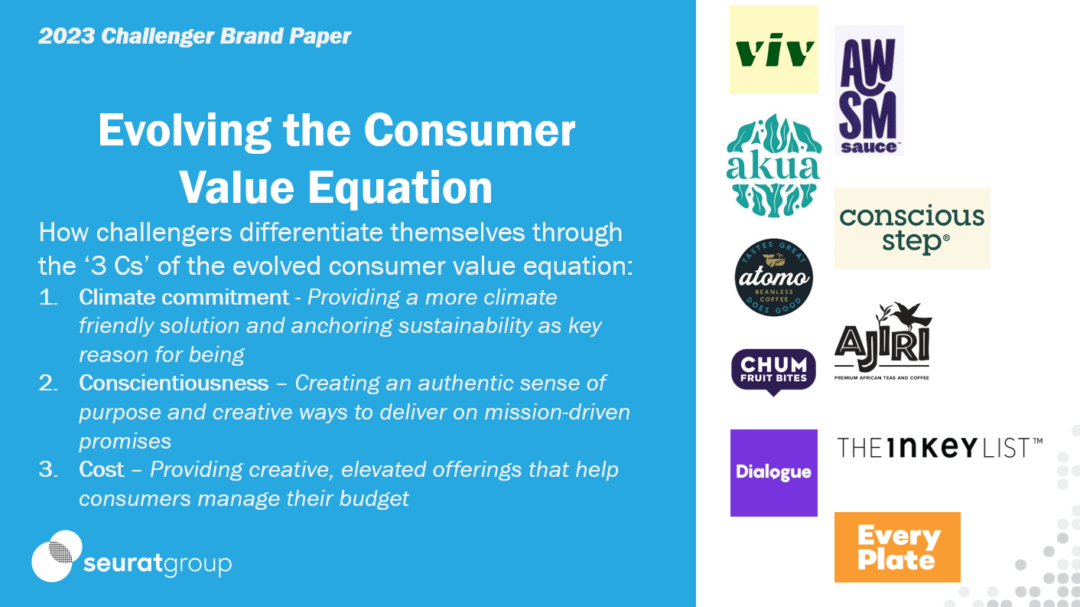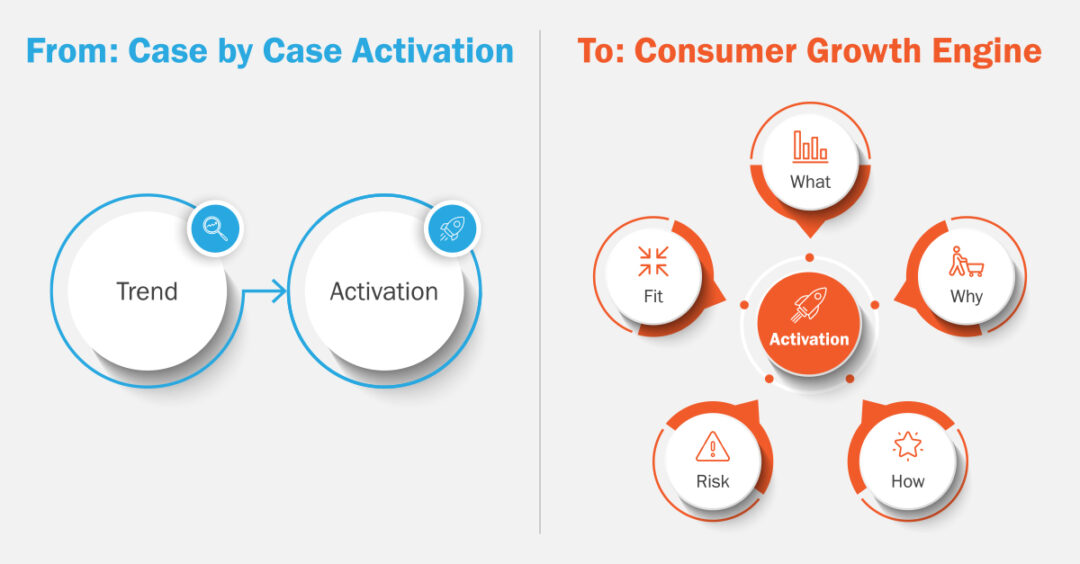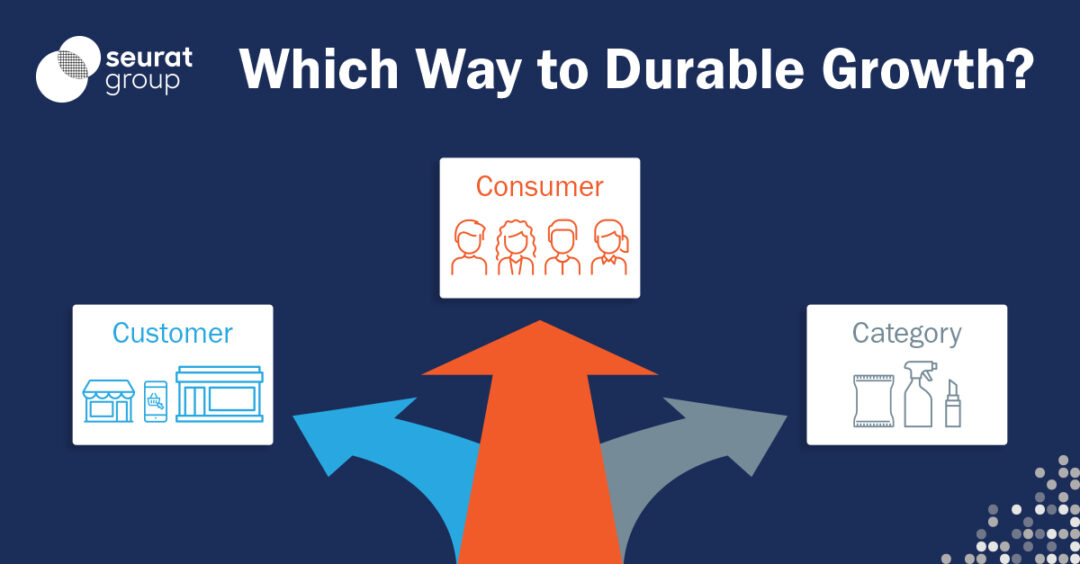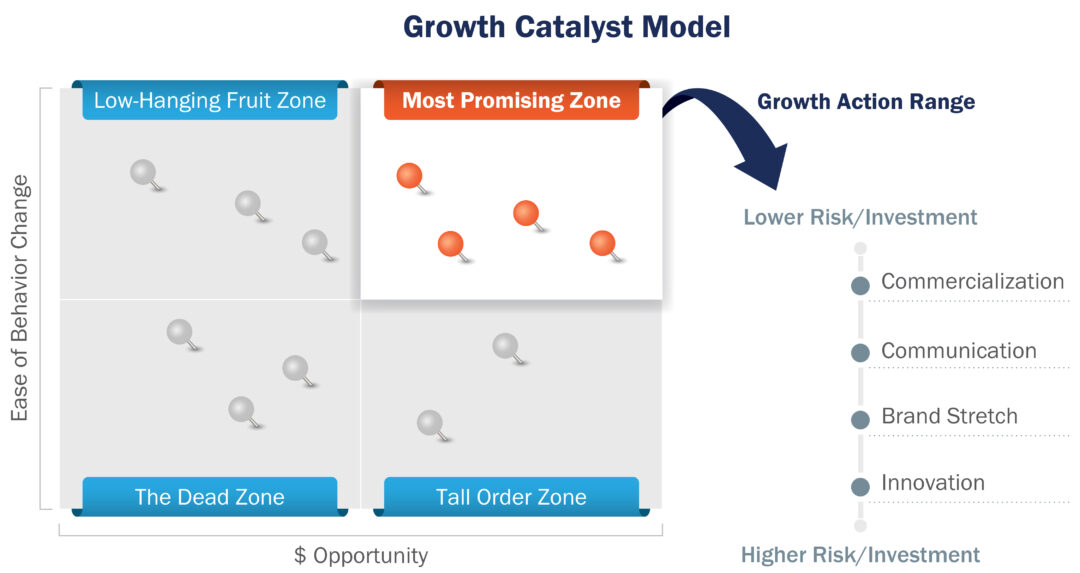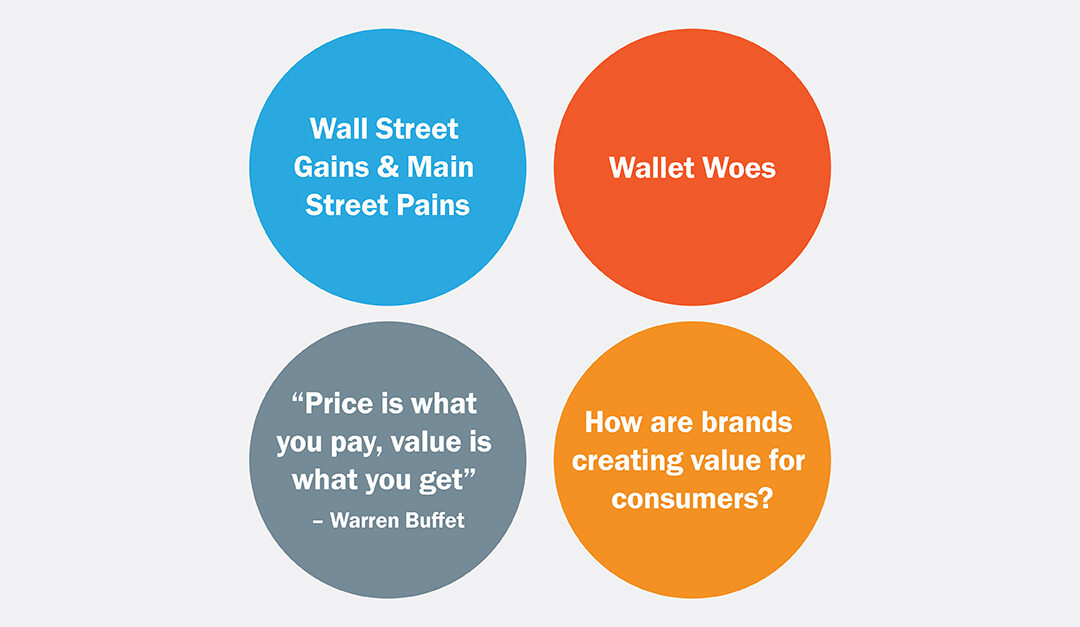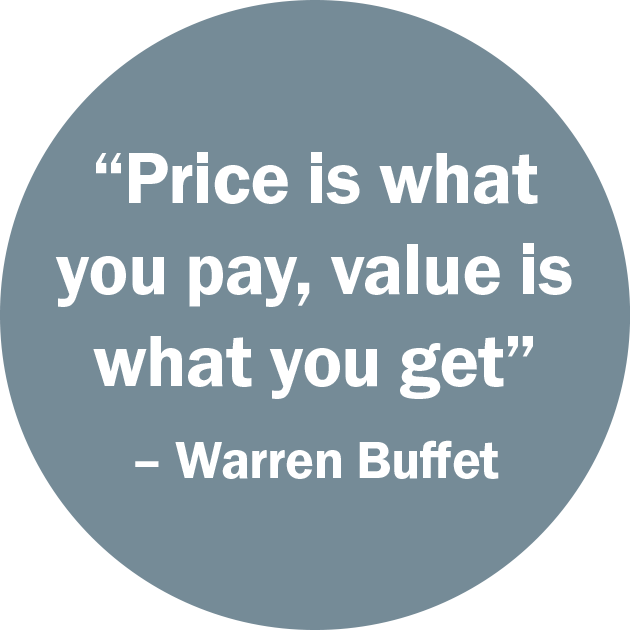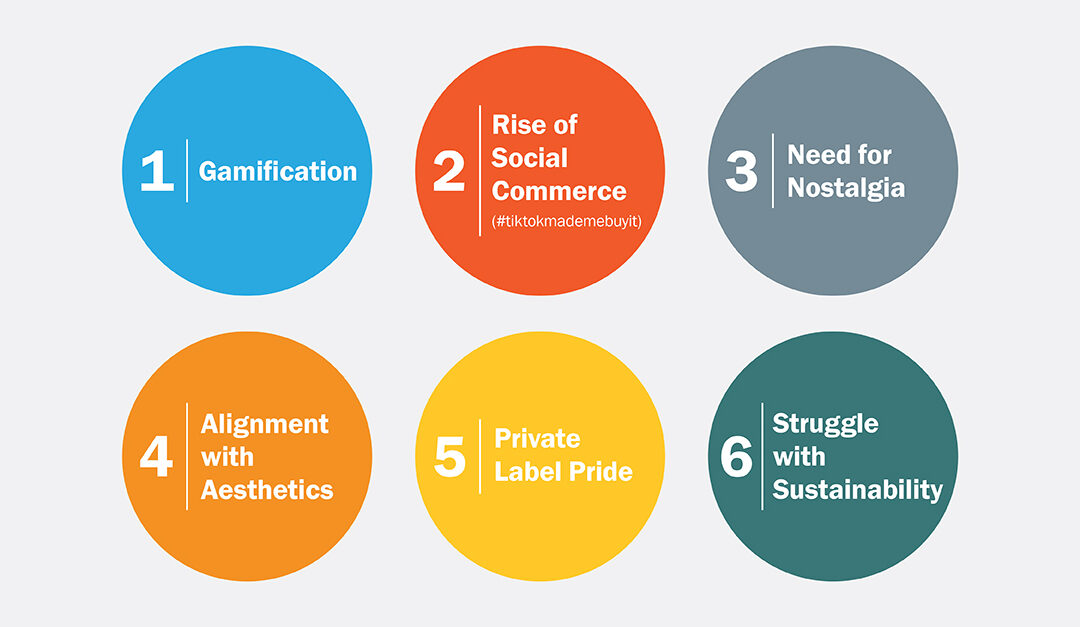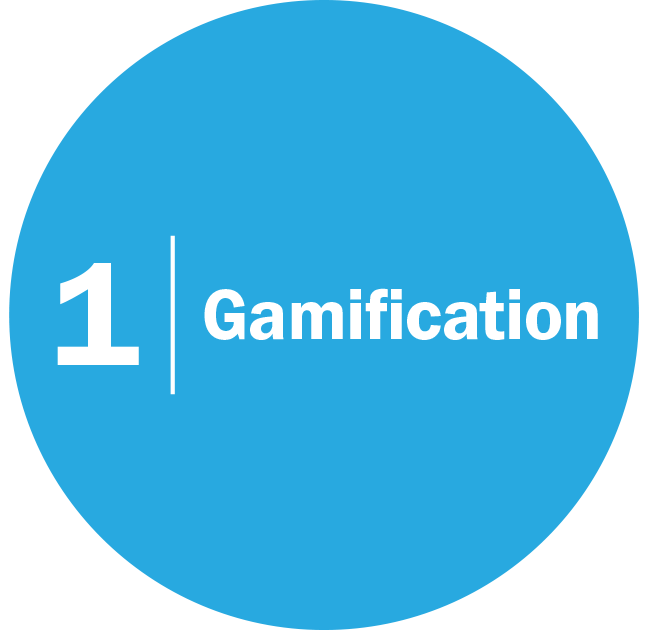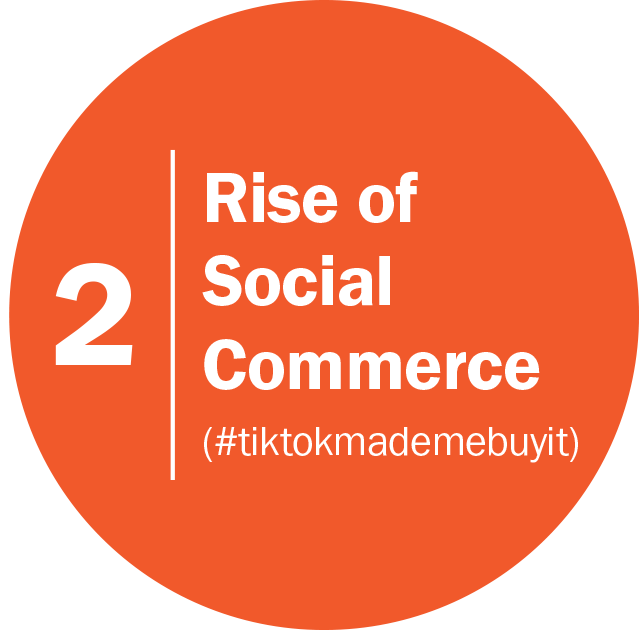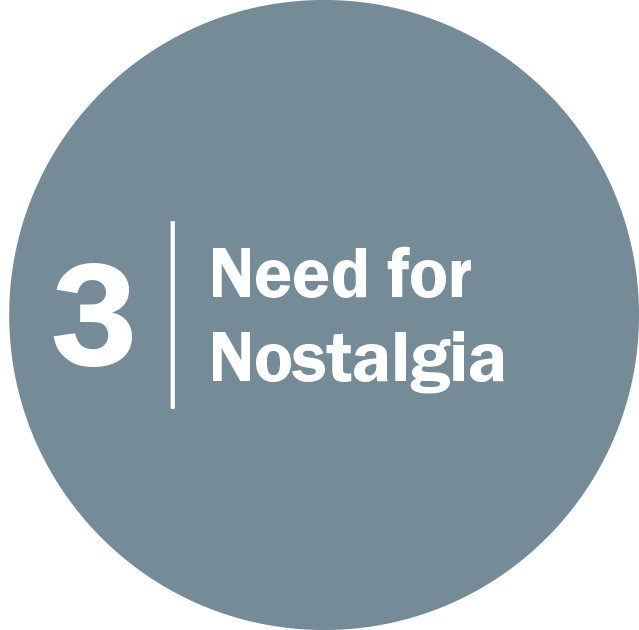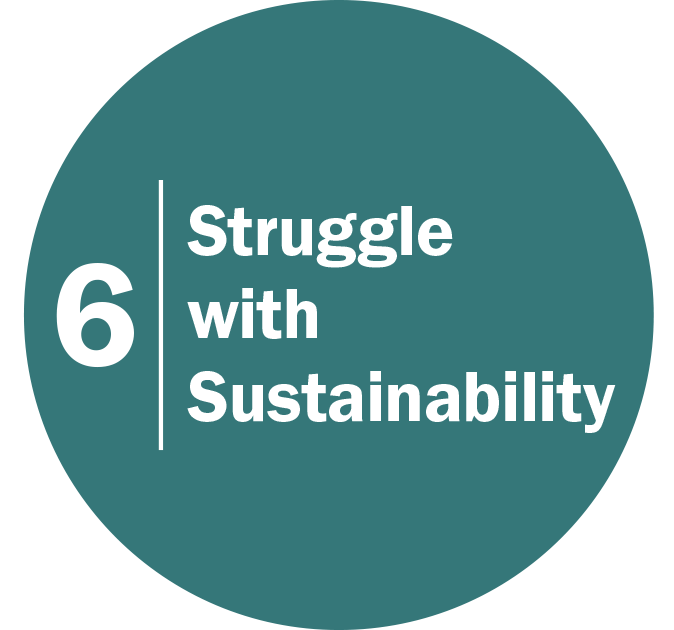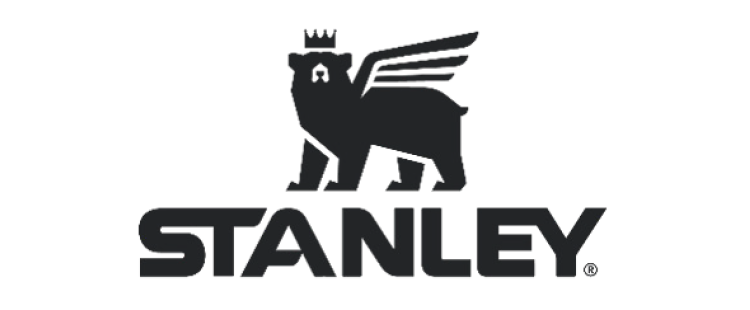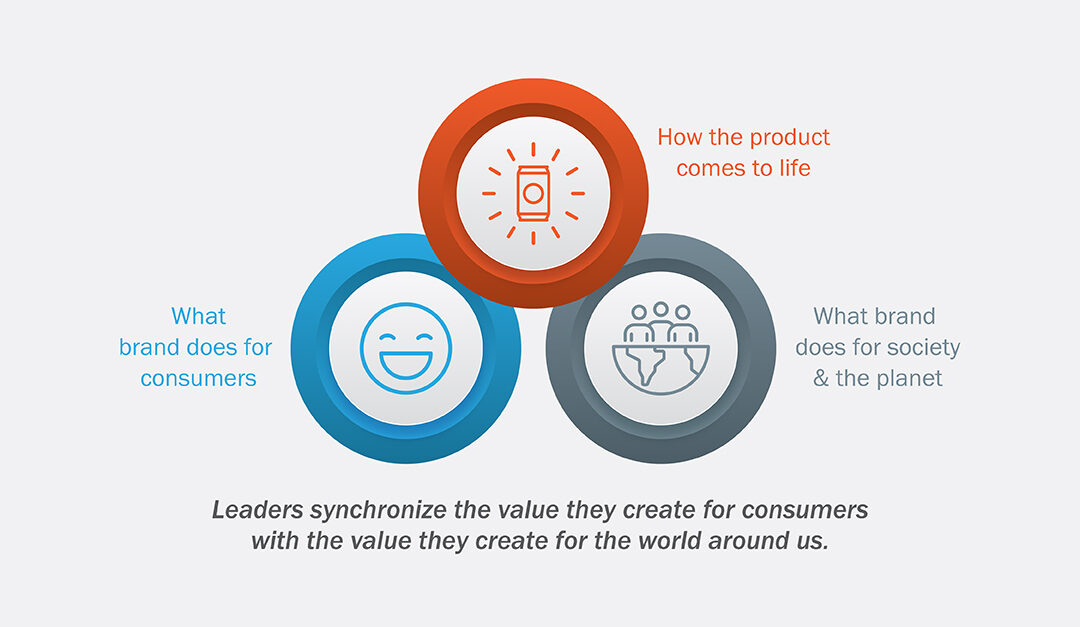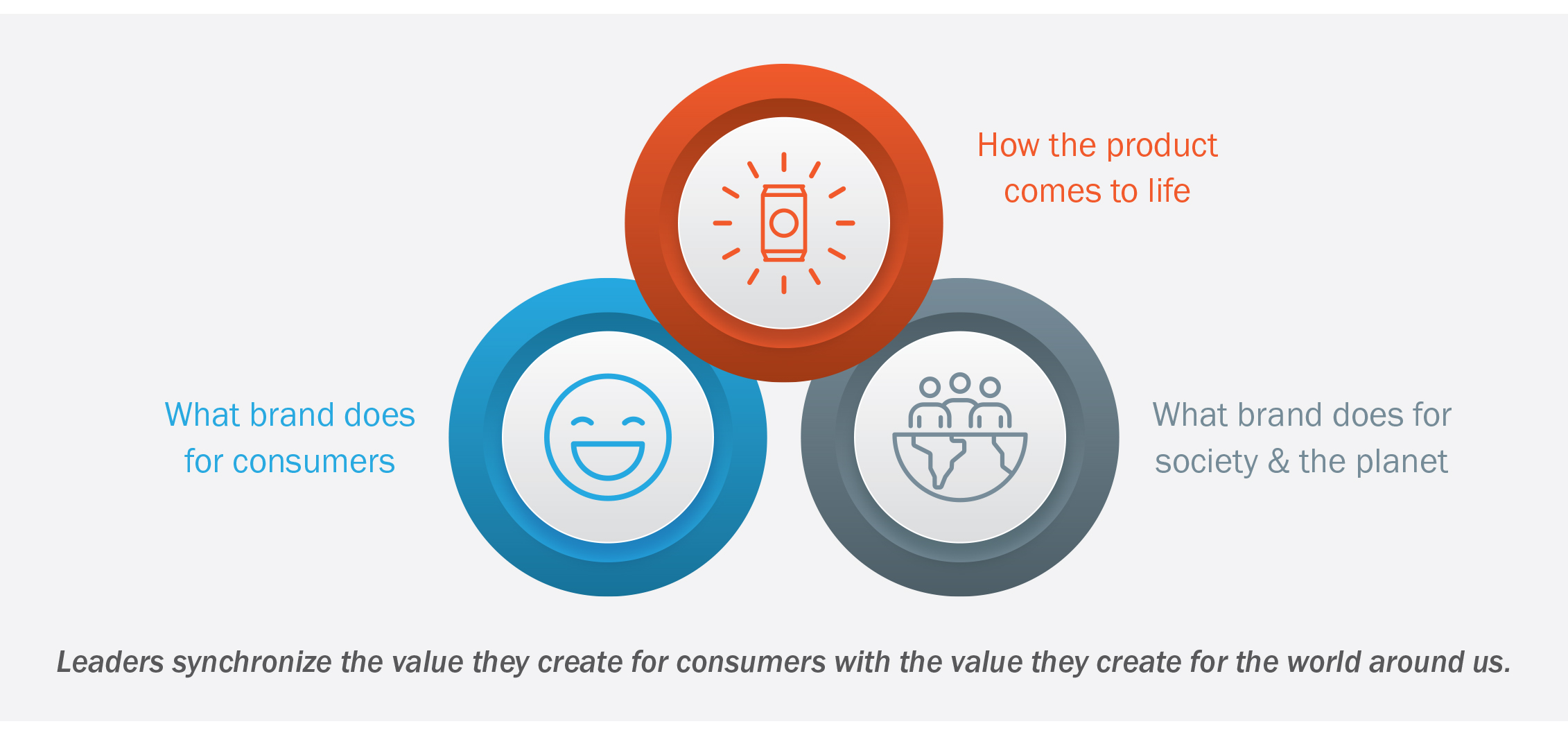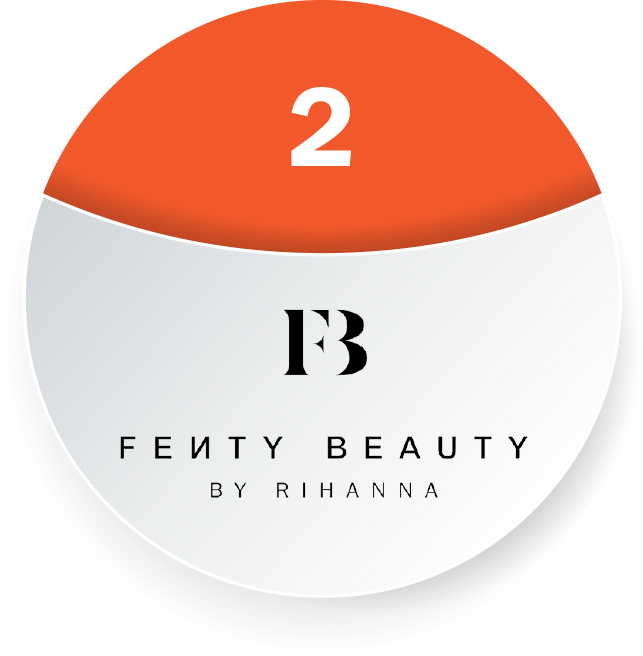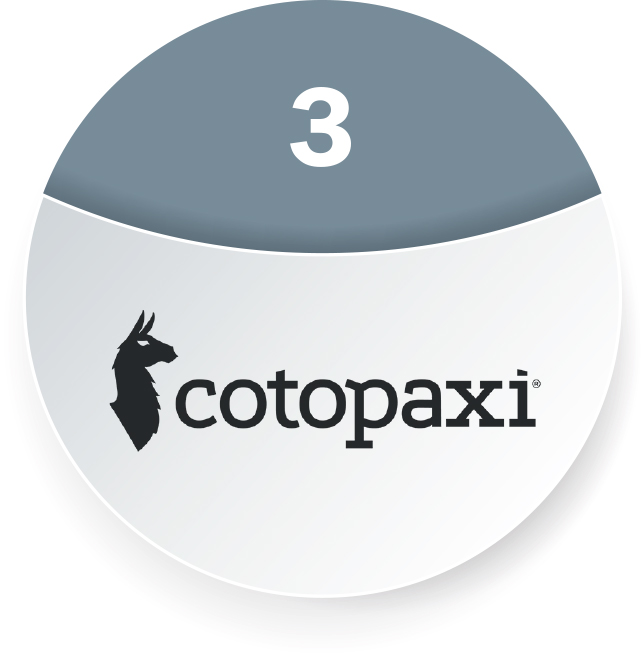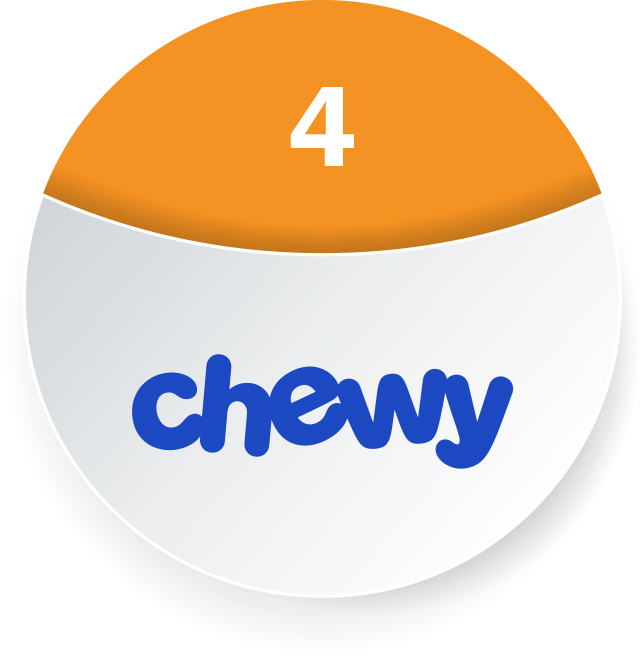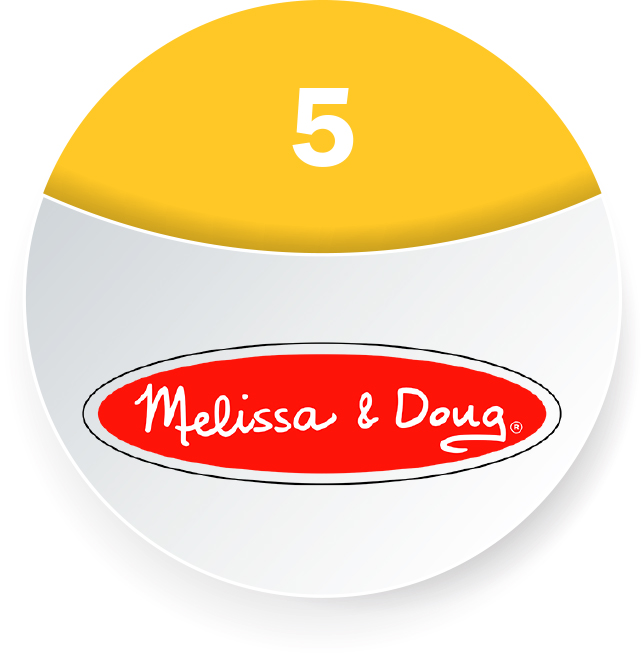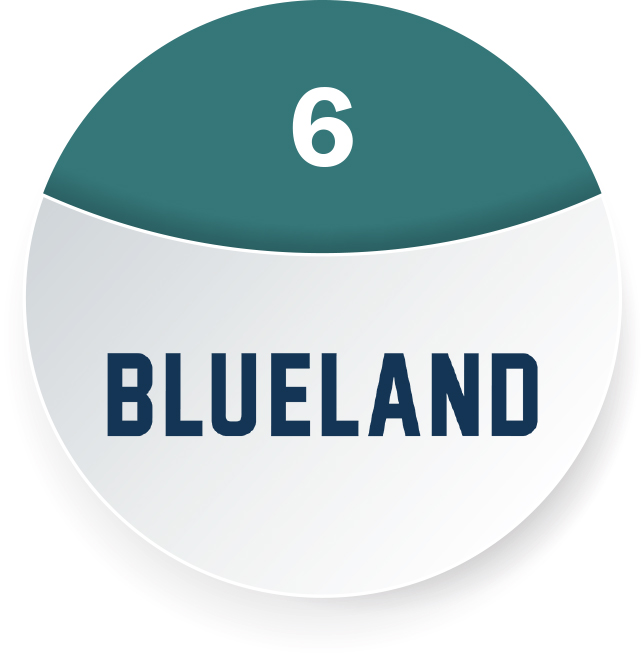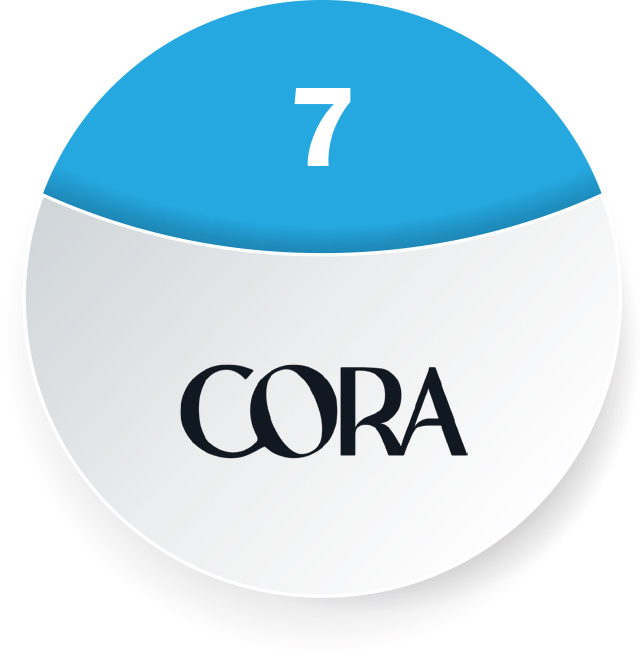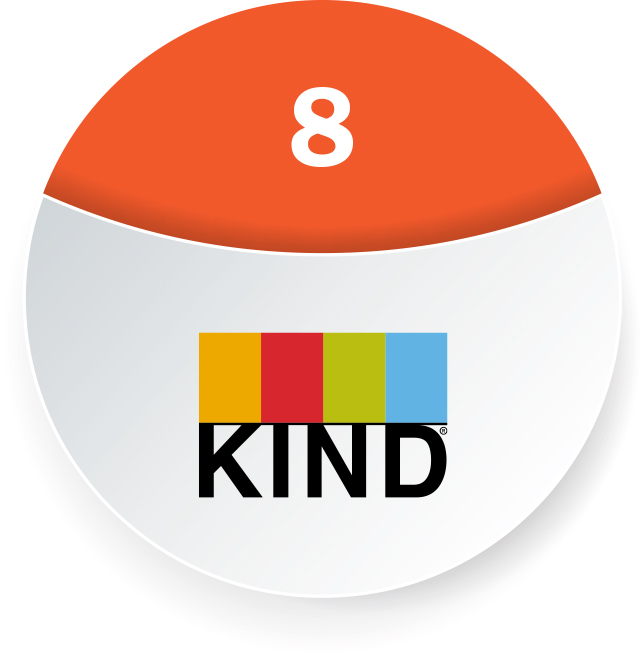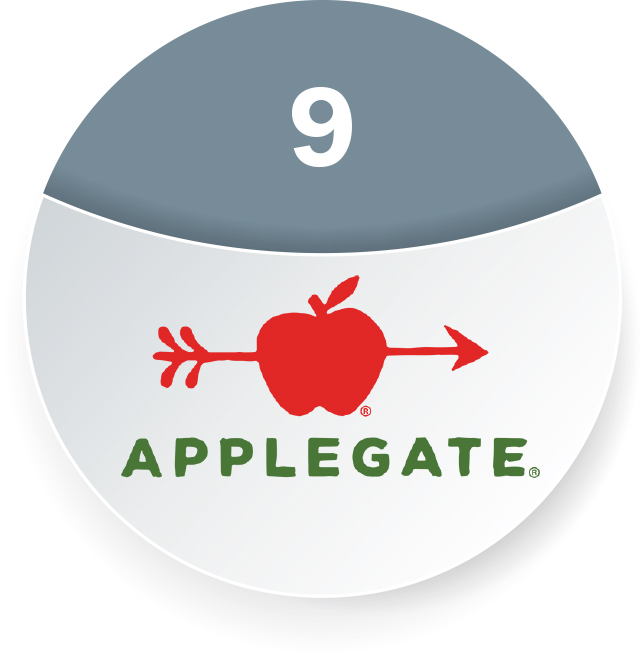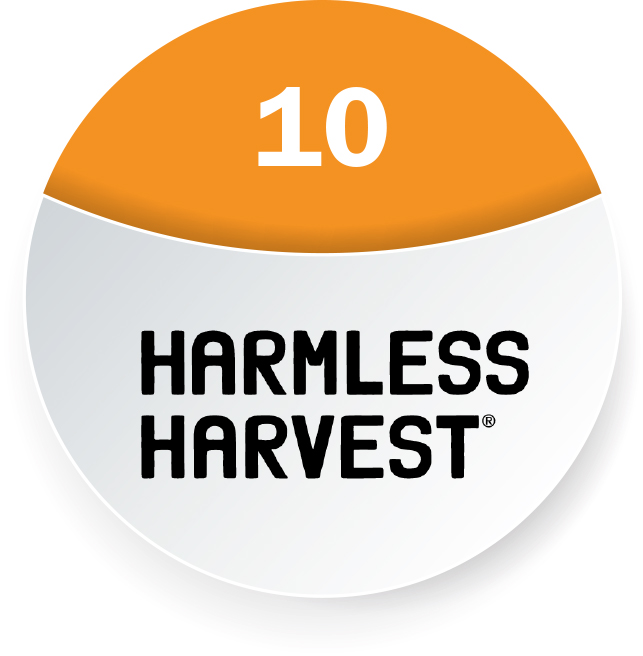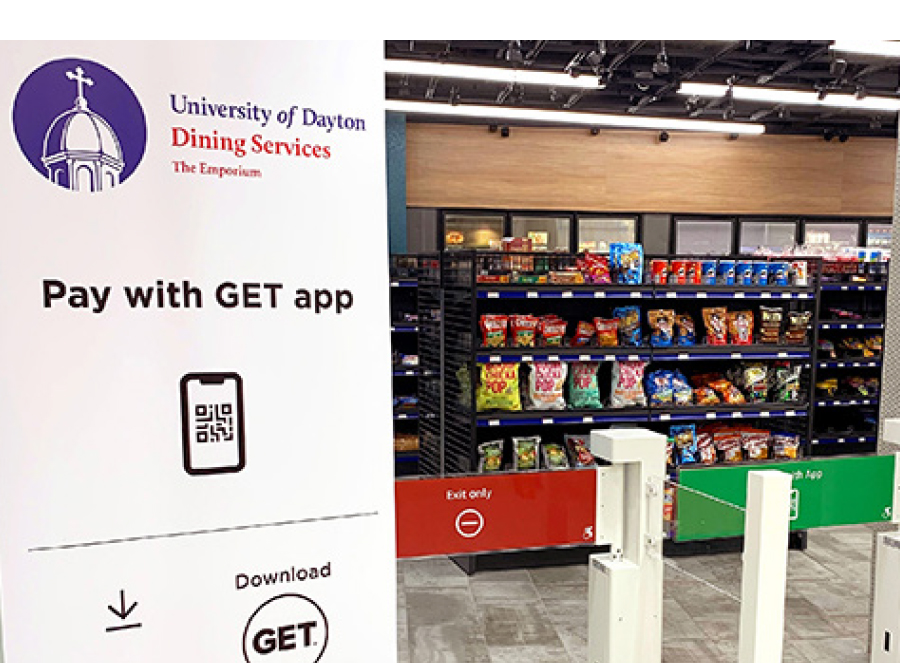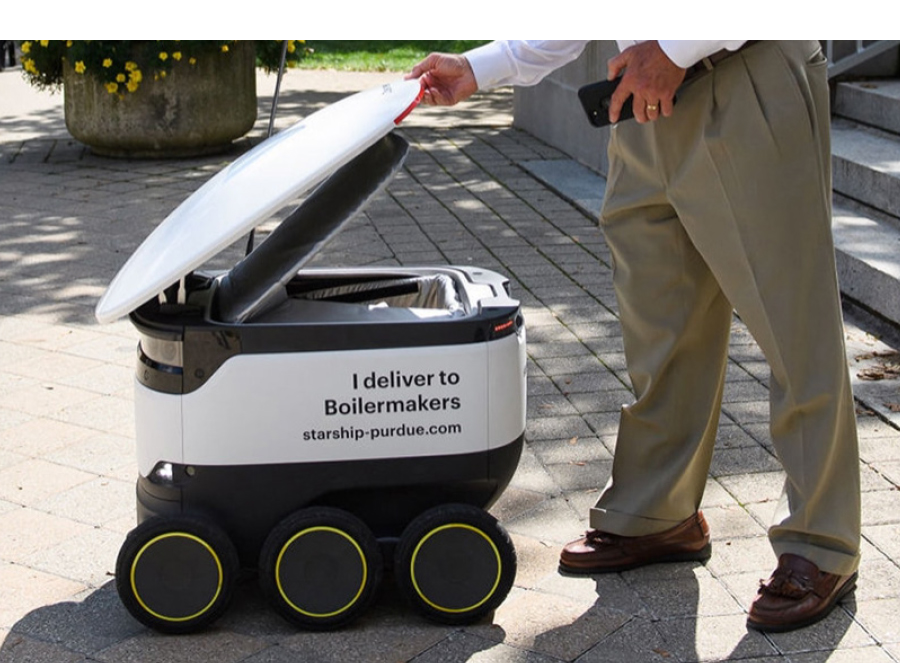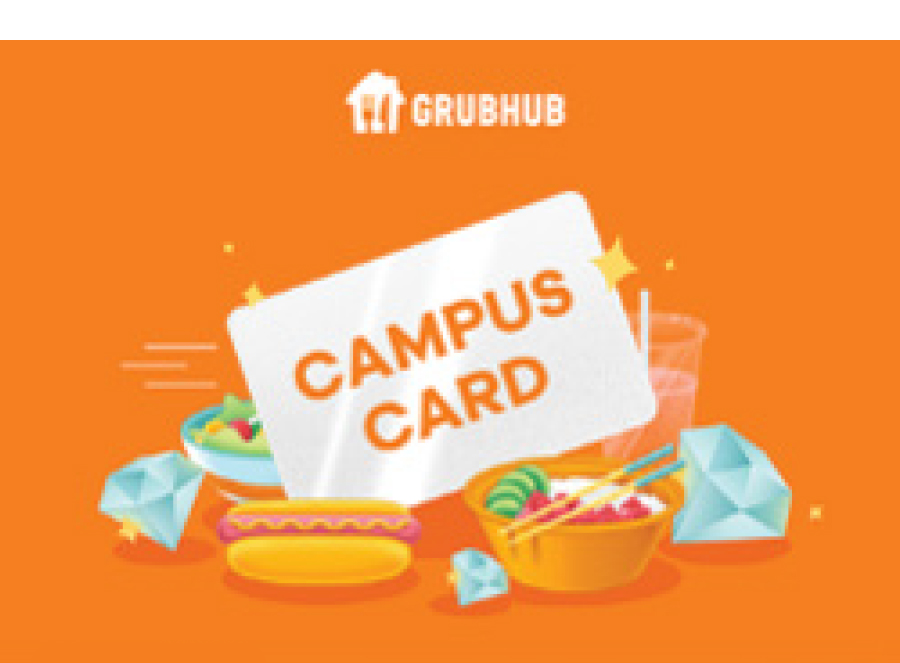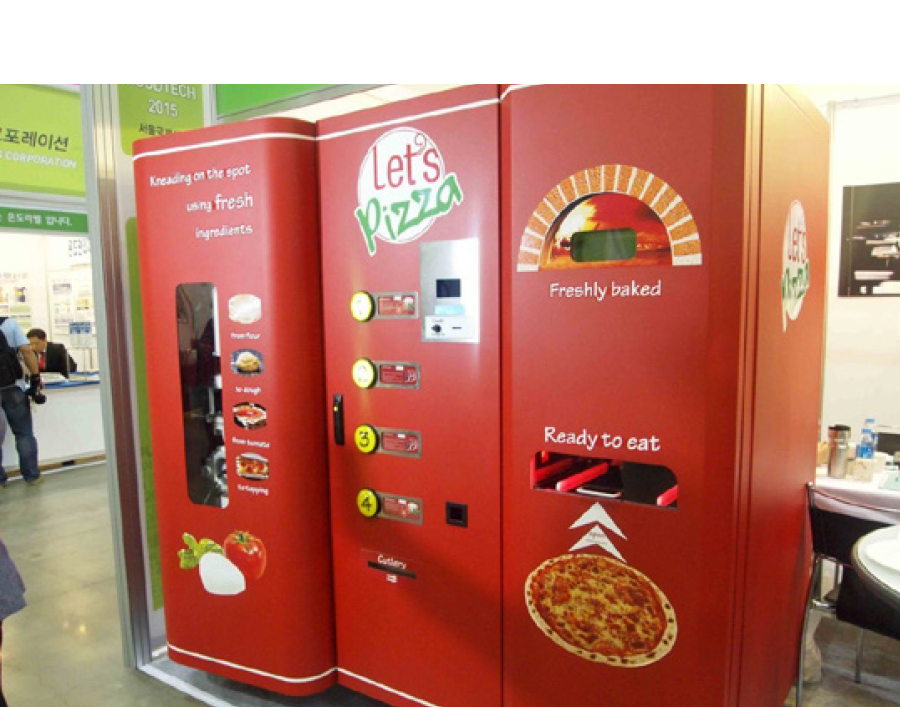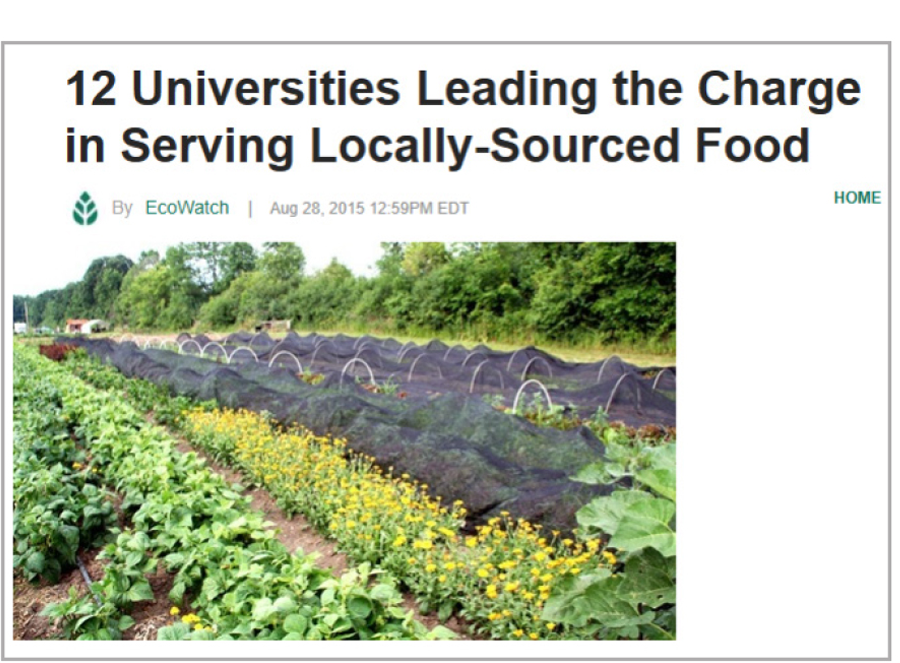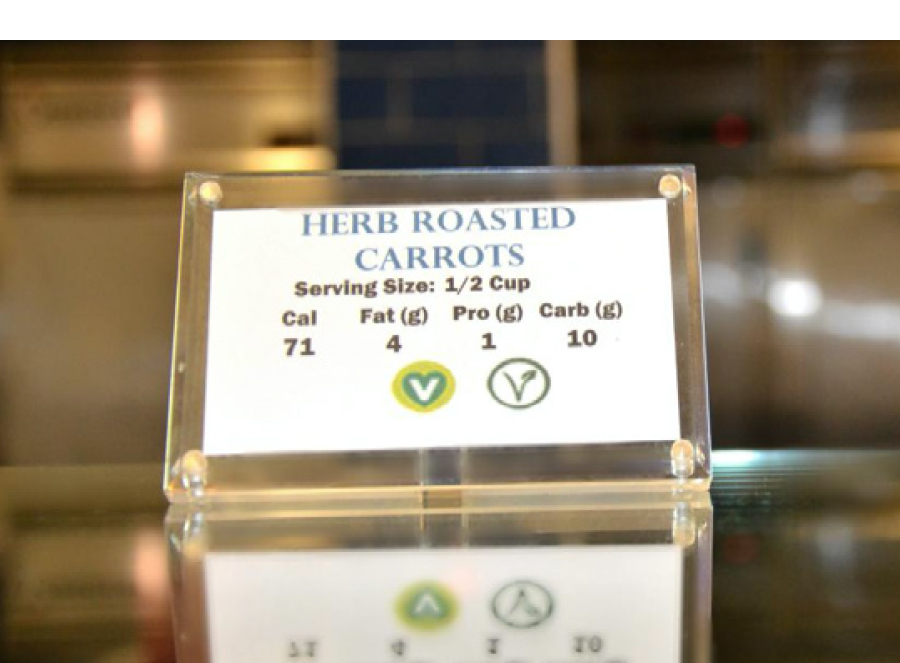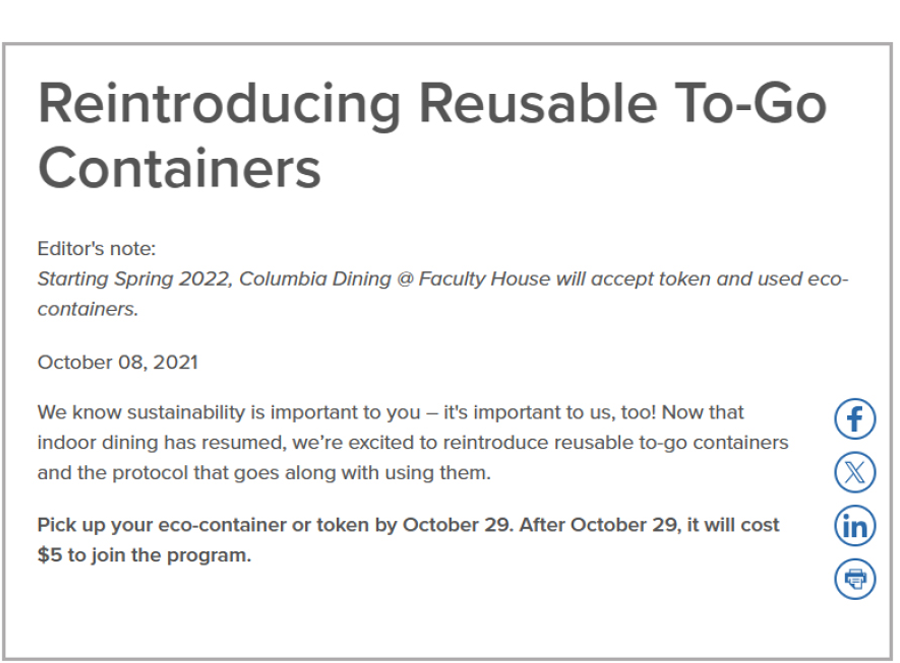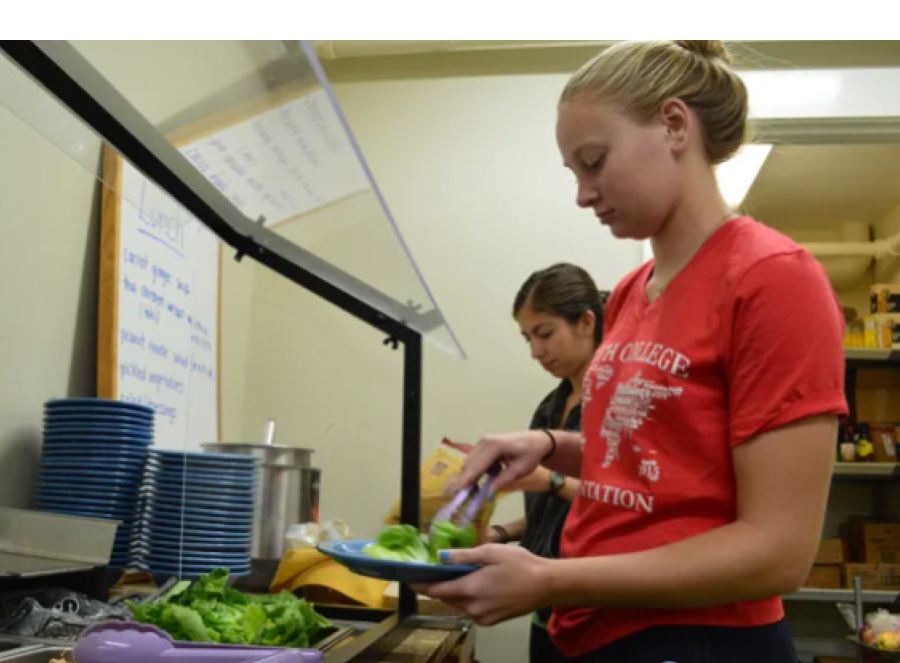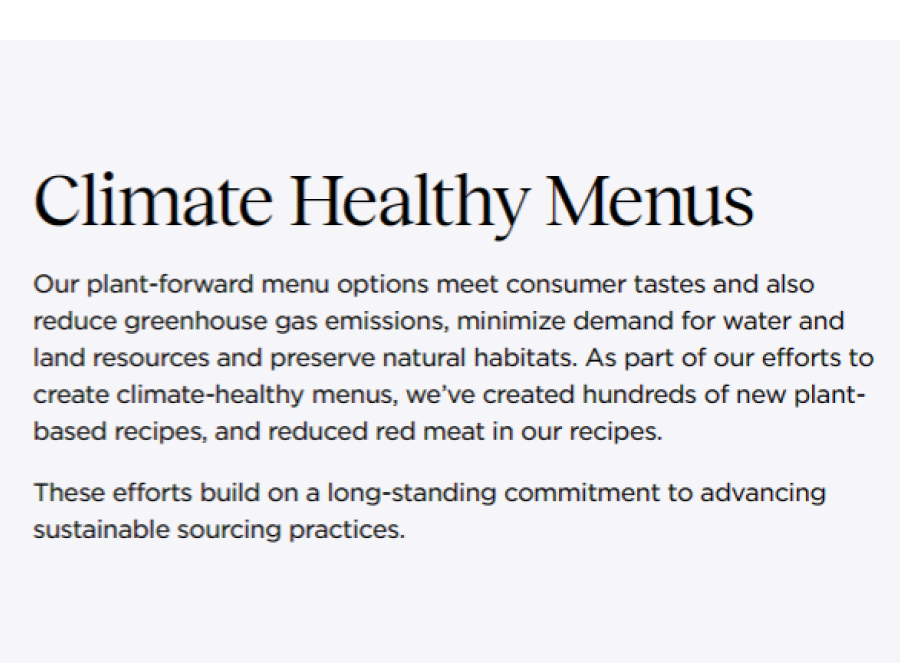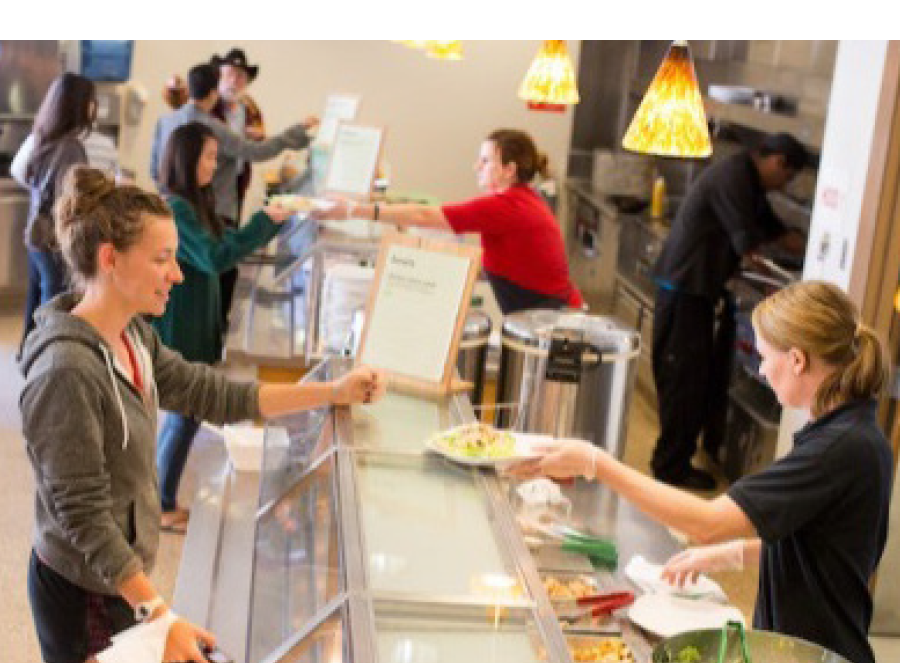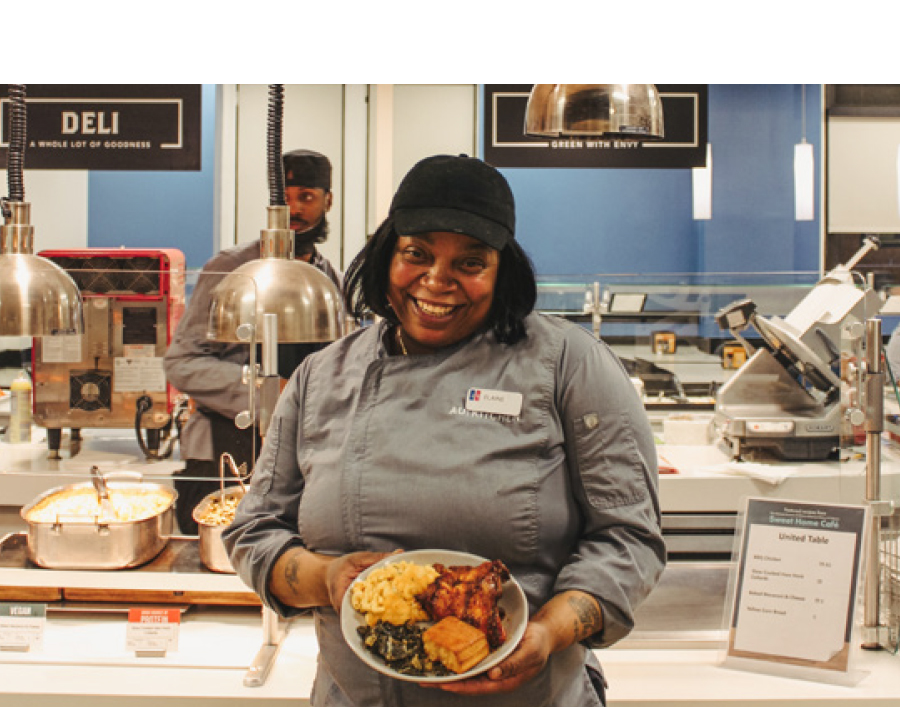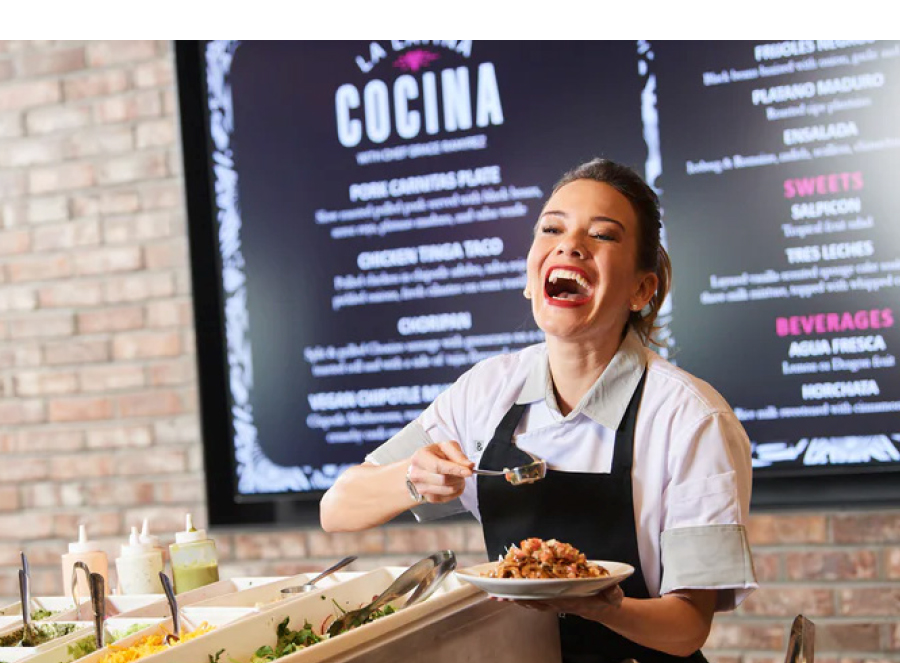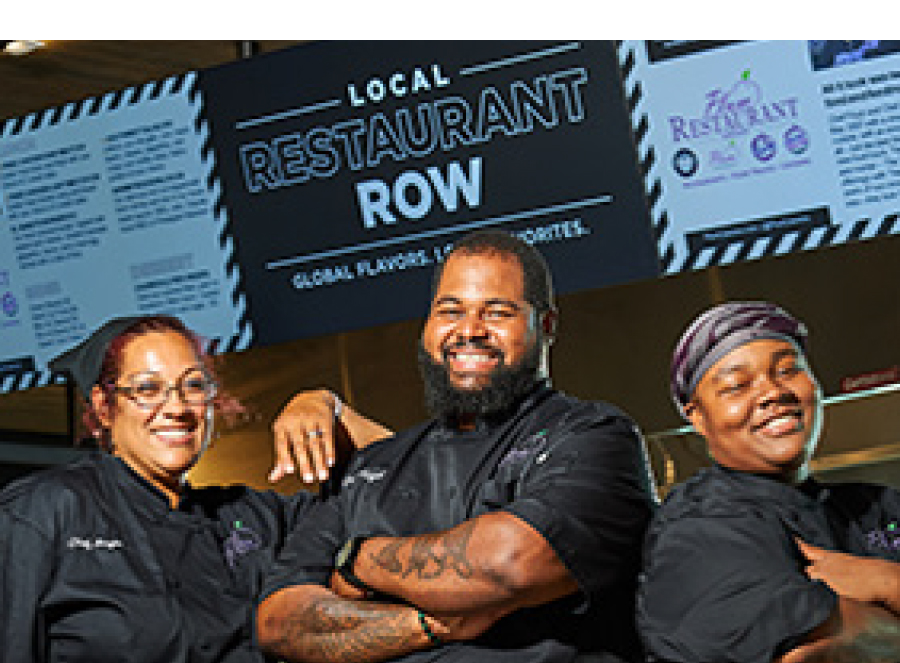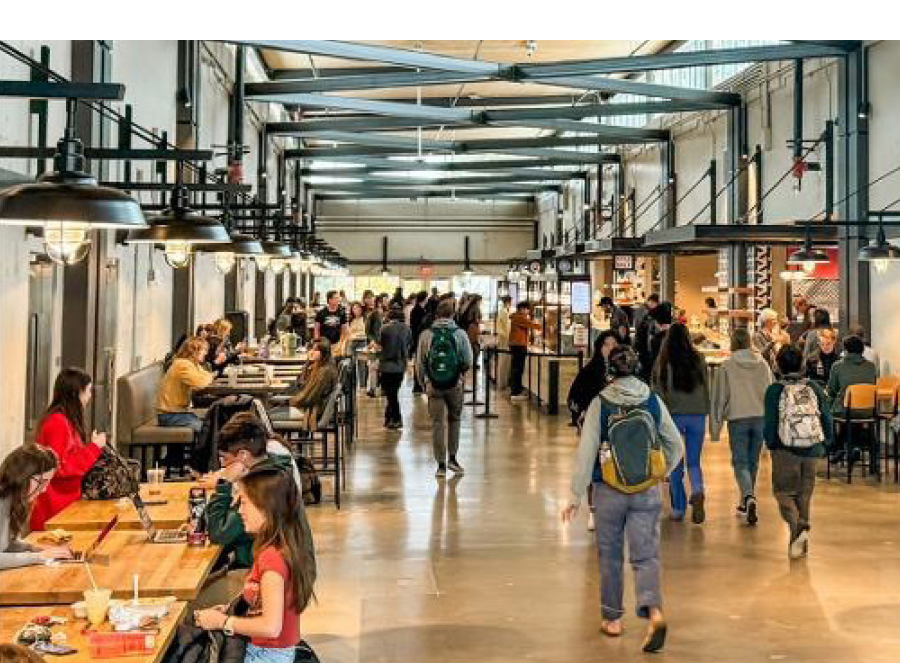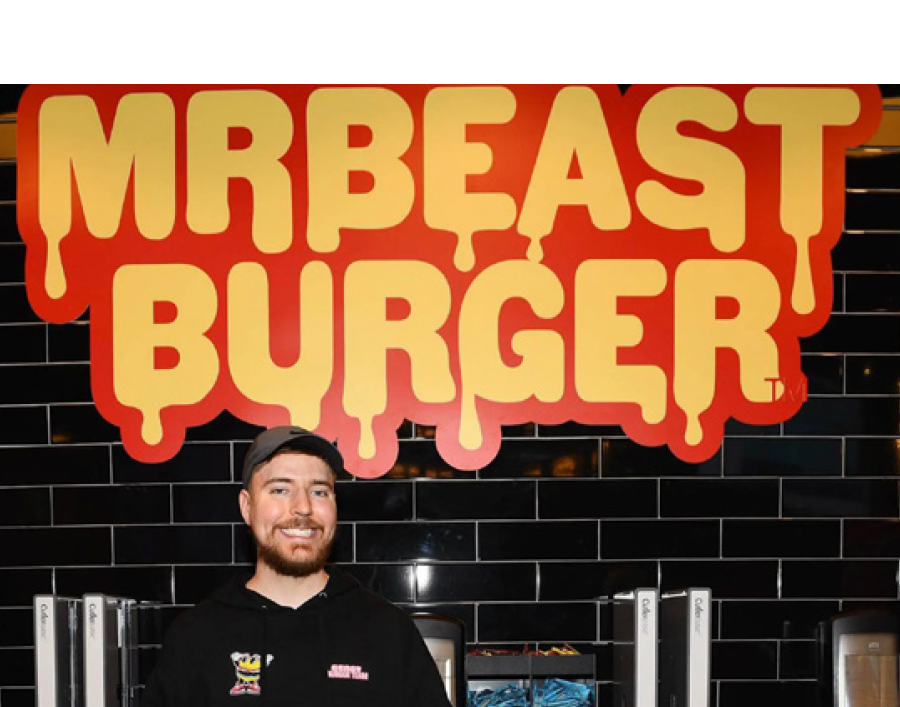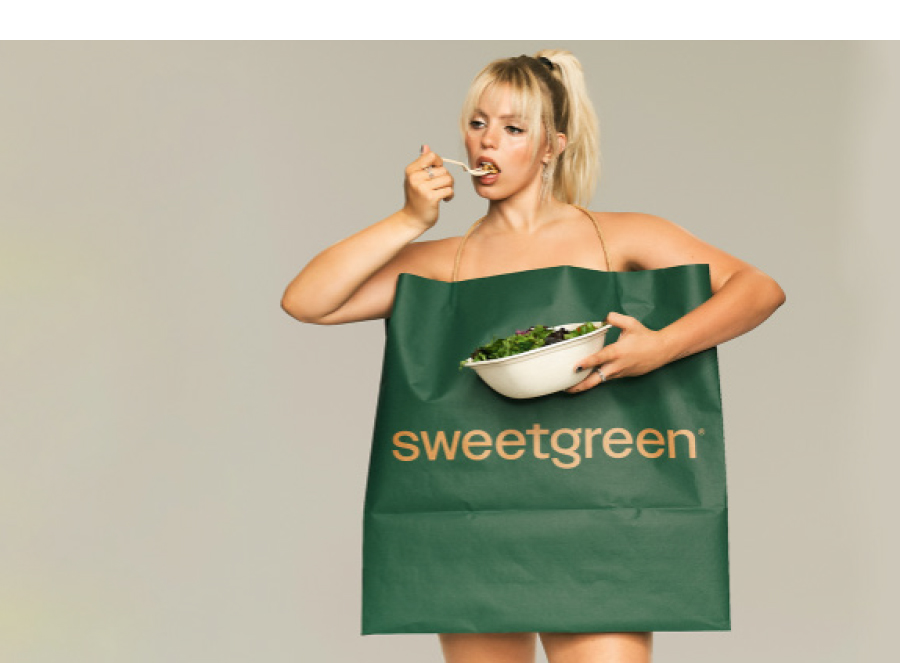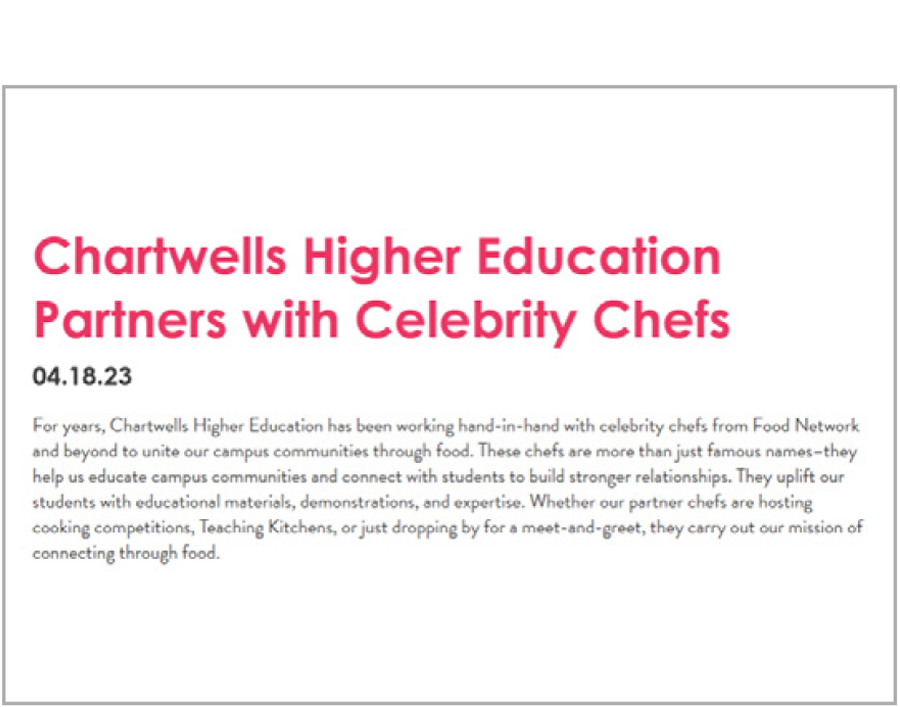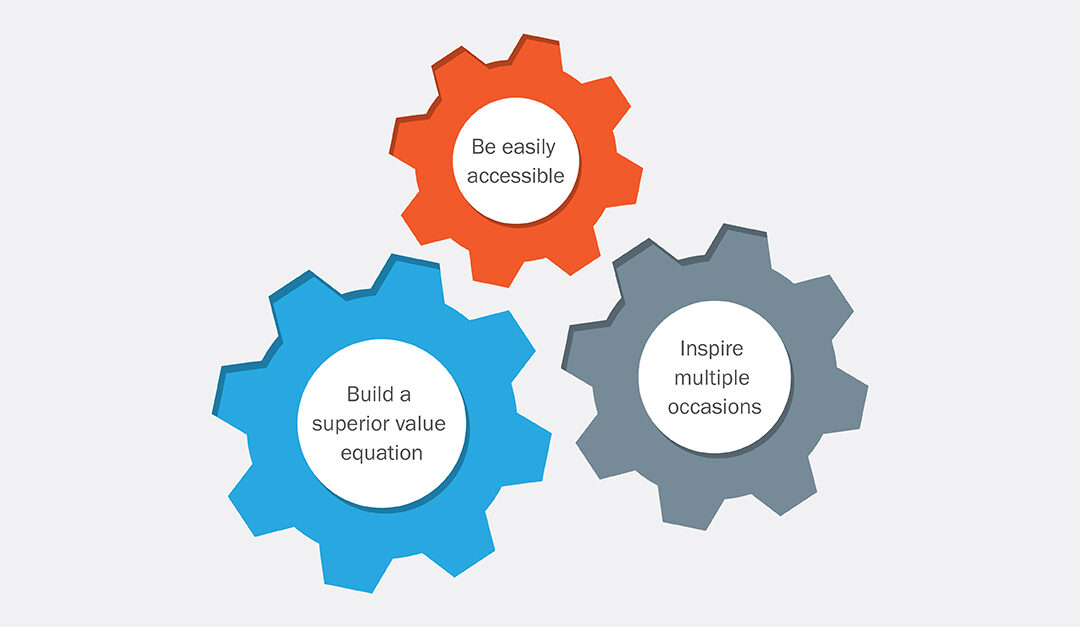
The Hyper-Unit Growth Playbook
The Hyper-Unit Growth Playbook
Rise of Unit Performance
In today’s inflationary environment, dollar growth is no longer king, with brands increasing price to keep up with costs. Instead, Unit Growth reigns supreme today.
Manufacturers care more about unit economics than ever before, equity research analysts are tracking it and, most importantly, leading retailers are now using unit growth and velocities to inform assortment, promotion and category decisions. Unit growth has become a leading indicator for brands that seek durable, resilient growth, beyond their revenue management playbook.
Hyper-Unit Growth Brands
To understand how brands are driving unit growth, we identified the brands that are exploding with double-digit unit growth and represent a significant business (>$150Mil in Revenue).
We narrowed our list to what we’re calling our Top 10 Hyper-Unit Growth Brands that are representative across categories, tenure and company types. We analyzed these brands to understand HOW they’re performing at such a high level with consumers in today’s environment.

Hyper-Unit Growth brands prioritize strategies to drive habitual consumption by understanding how to integrate your brand into consumers’ daily, weekly, or monthly rituals- make it a necessity and easy to buy, use and replenish. Driving habit formation has been a staple of successful digital platforms which place consumption at the tips of your fingers: big platforms like Amazon with Subscribe & Save or subscription-based health services like Whoop and Oura.
Brands that rely not only on external triggers, such as subscription notification, but also internal triggers, which come from a deep need for the product, cement habits to the point where purchase is automatic rather than something that needs to be justified. Rinse and repeat services, products, and brands are becoming essential to consumers’ everyday lives.
Unlock habitual consumption with three principles:
1. Build a superior value equation
2. Inspire multiple occasions
3. Be easily accessible
These come together to create our hyper unit growth engine and altogether drive habitual usage.
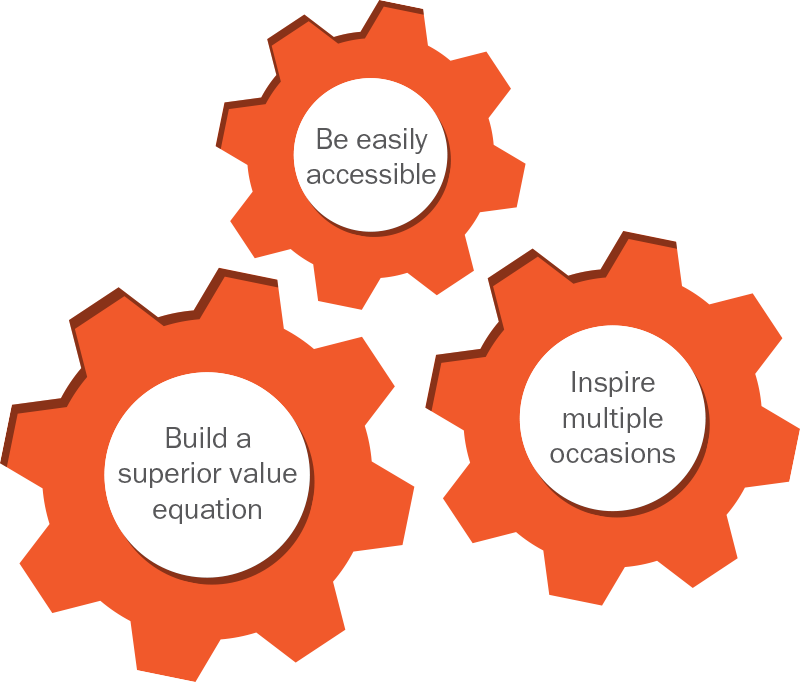
Build a Superior Value Equation
A superior value equation comes to life when a brand strives to define its market position with no competition – with instead a core goal of serving the crucial, relevant consumer needs with valued benefits, along with the best ways to deliver on them.
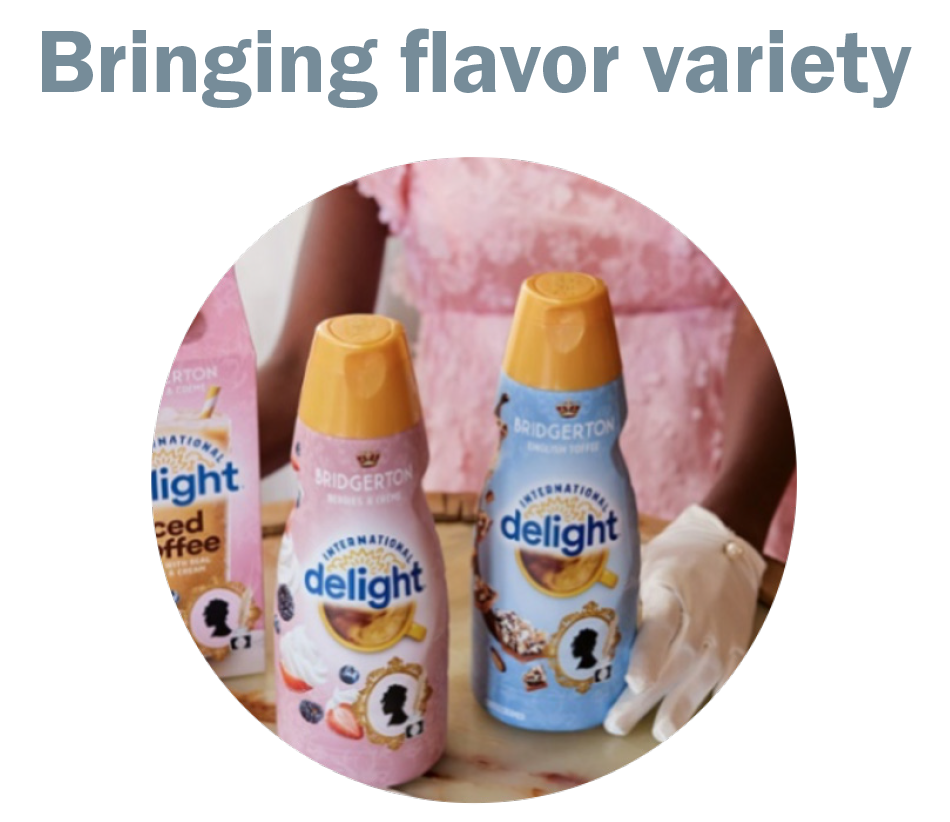
International Delight brings fun and nostalgic flavors to consumers at a price that delights just the same. Brand licensing with other well known products and flavors boosts their flavor profile with favorites like Hershey, Cocoa Pebbles, and Cinnabon. While partnering with pop culture phenomenons boost the brand’s profile- collaborations with the recent Mean Girls movie, and TV shows like the newest season of Bridgerton. The combination of nostalgia, pop culture references, and variety makes International Delight accessible to more consumers than being just a coffee creamer.
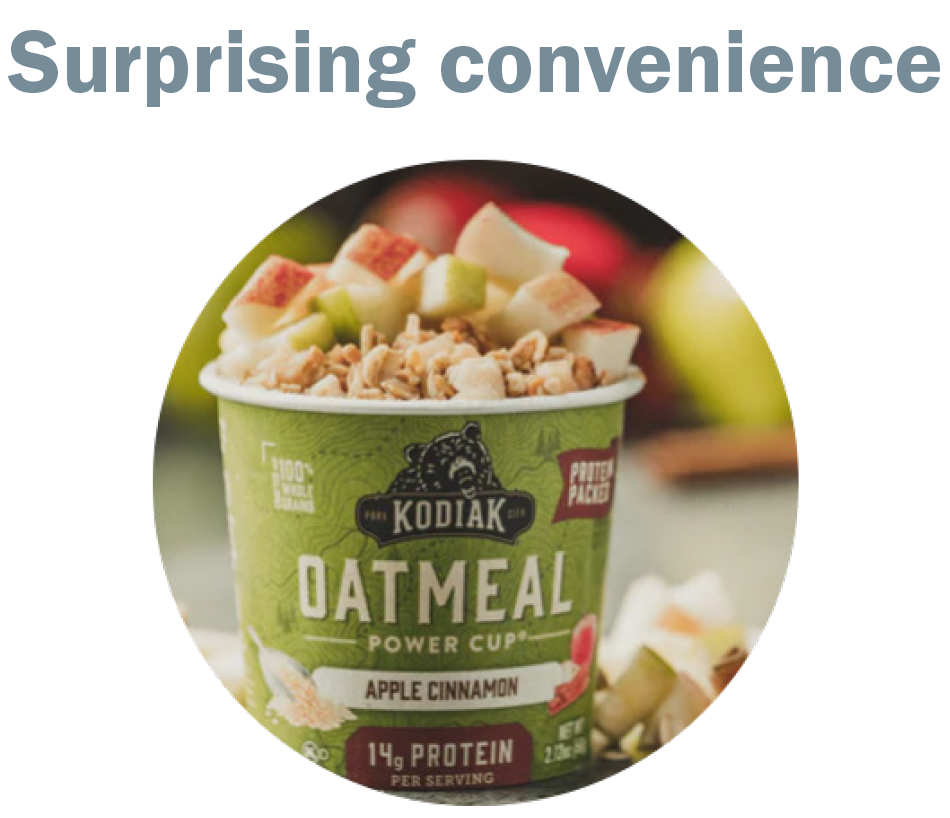
A standout for its strong brand ethos and premium ingredients, Kodiak is all about delivering tasty and nutritious food in a protein-packed, convenient way. From on-the-go professionals to parents juggling busy schedules, Kodiak makes breakfast quick, easy, and nutritious for all with its oatmeal and flapjack cups, while simplifying at-home baking with its squeezable flapjack mix.
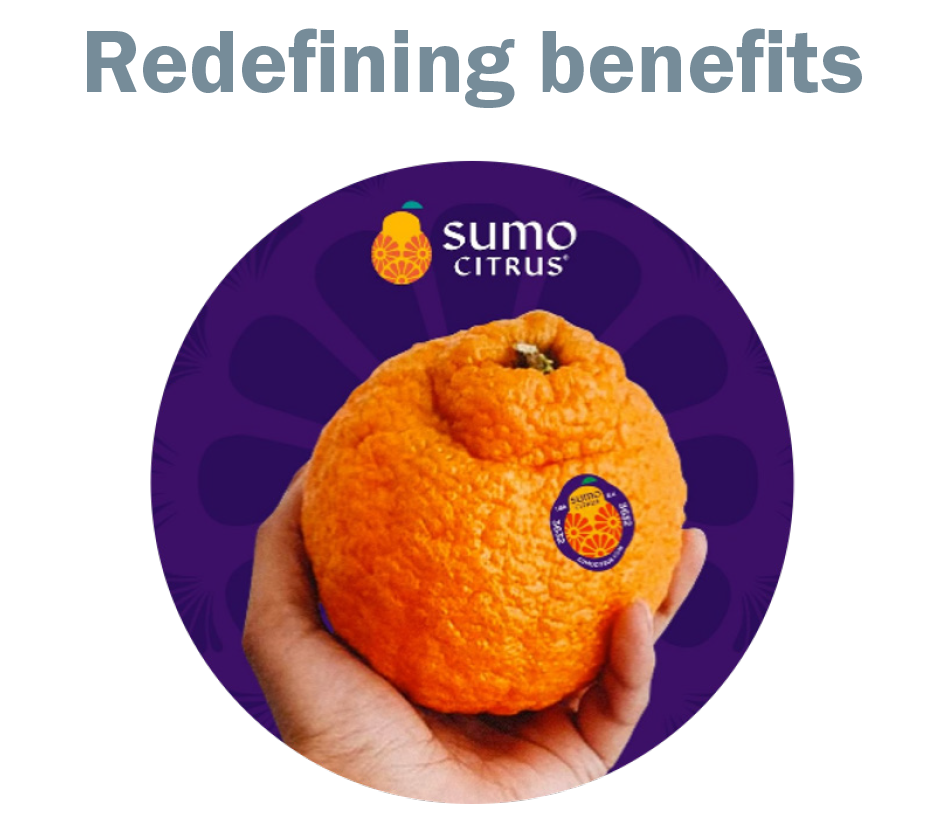
Sumo Citrus has made a name for itself in the world of citrus- consumers are delighted by the better benefits Sumos offer them vs. their regular mandarin or orange: They’re bigger, easier to peel, have no seeds, and taste that much sweeter! Paying the premium price for this mandarin is worth it to consumers – who flock to social media to rave about how Sumo makes their favorite fruit that much sweeter!
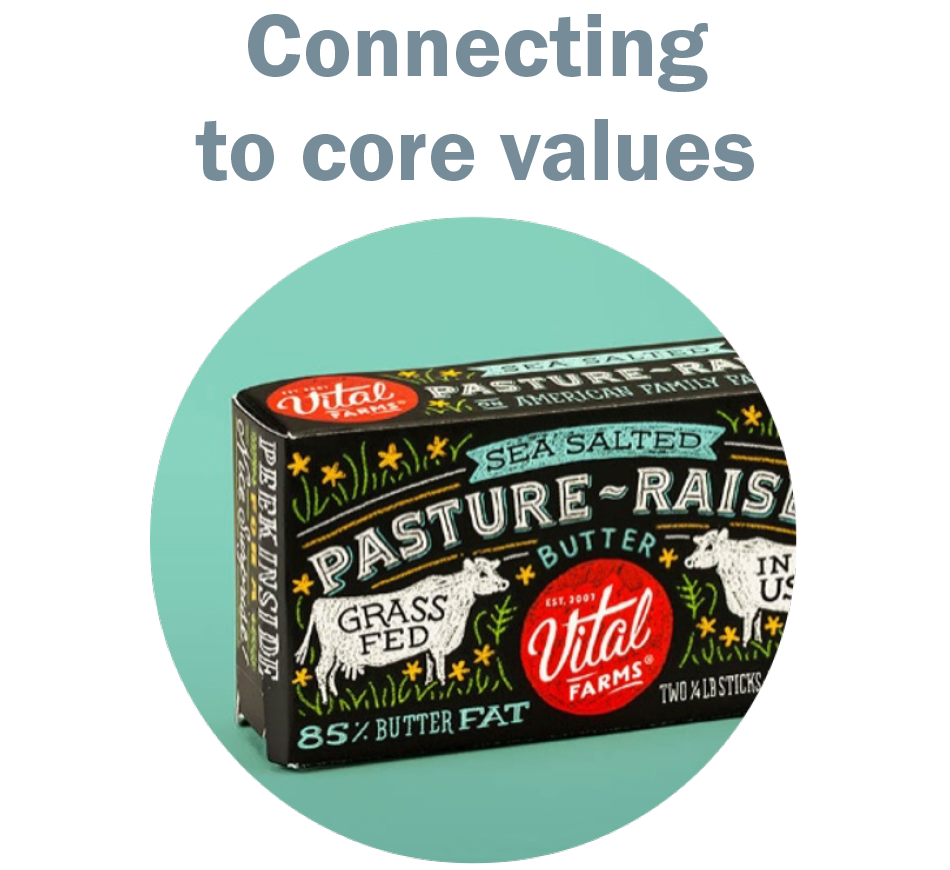
Vital Farms brings “ethical food to the table” through their responsibly produced eggs and butter. Their farmer’s market-inspired packaging conveys not only aesthetic appeal but the brand’s ethos, with egg cartons that proudly state, “tended by hand on small family farms” and “made with fresh air and sunshine.” For those willing to pay a little extra, Vital Farms is the perfect way to show they care about their health, the environment, and happy chickens
Be Easily Accessible
Accessibility – ensuring your brand is easy to find, buy, and use – is one of the core drivers of habitual brand usage. One click accessibility right at the fingertips of shoppers is crucial to keep people coming back – and prevent them from straying elsewhere! In today’s world, this means outsized shelf presence, multiple points of interruption in store, and showing up digitally. Brands need to always be only one arm’s length, or one click, away.
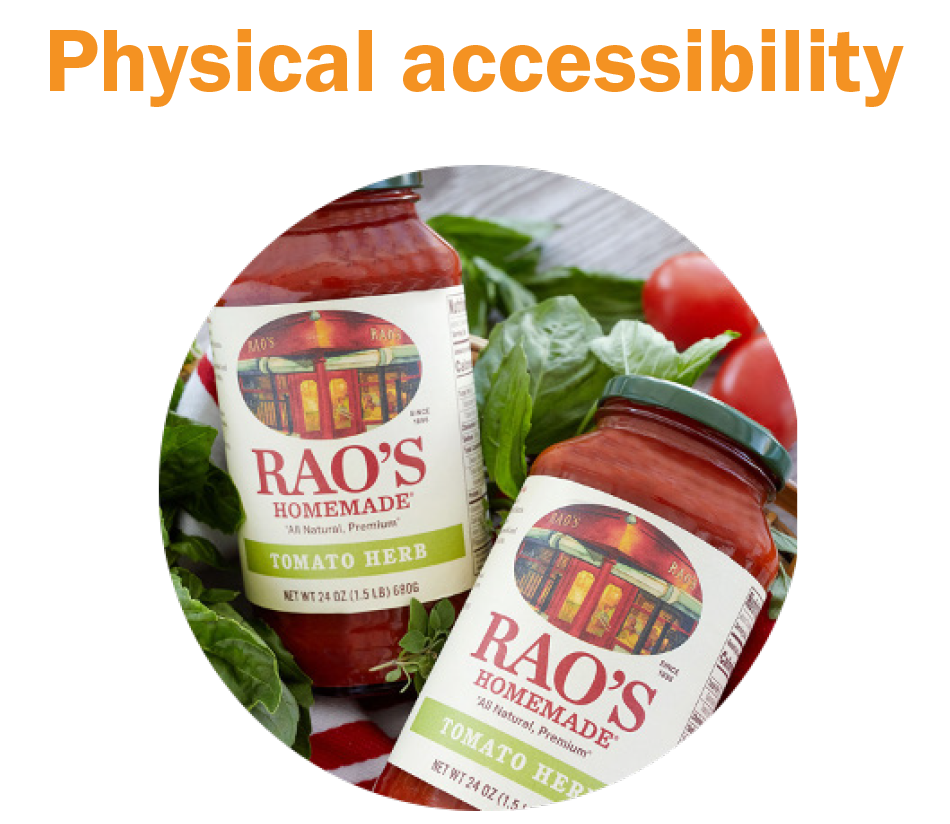
Rao’s Homemade has expanded into soups, pastas, and frozen entrées. From the brand’s inception, consumers have enthusiastically paid a premium for their sauce, drawn to the clean, high-quality ingredients and the brand’s ability to communicate craftsmanship and authenticity. Their premium packaging and brand block turns retail into their #1 medium to drive sales- supported by retailers that realize the boost to their category performance when Rao’s converts more consumers into the brand.
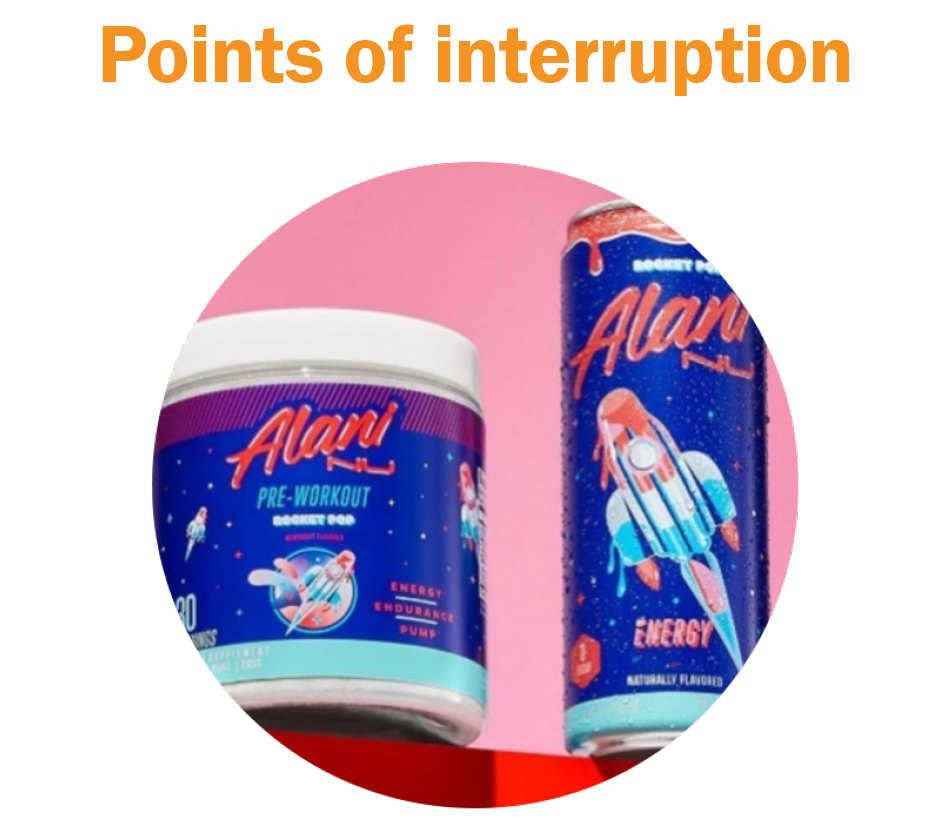
The search is on for fun and novel ways to caffeinate, and Alani Nu attracts Gen Z
shoppers looking for a buzz. Colorful packaging and nostalgic flavors like Hawaiian Shaved Ice bring a playful and fresh twist to the category – and remind people of their favorite childhood treats! The brand’s success is propelled by its strong instore presence, with endcaps, presence in the cooler, and special displays keeping it top-of-mind and encourage consumers to grab a few as they shop around!

In a crowded snack aisle, Nature’s Bakery stands out as the go-to for parents wanting healthier treats that kids love, while also catering to various dietary needs. Nature’s Bakery provides an engaging online experience that educates and turns one-time visitors into loyal fans. Engaging social content draws in consumers, while features like Subscribe & Save and a slew of rewards programs keep people coming back!
Inspire Multiple Occasions
This lever is all about giving consumers more ways to use your product or view your brand outside of its core offering. Being able to use one product for a diverse range of occasions sparks consumer interest, and encourages them to buy more so they can use it for all the moments they want to!

Lifeway Foods has elevated kefir and farmer’s cheese from dull dairy staples into trendy must-haves. Their Instagram serves as a hub for discovering new ways to mix their products into everyday recipes, and consumers turn to TikTok by the millions to whip up their own unique takes on these healthy but tasty innovations. While kefir is often associated with breakfast, Lifeway products can be used to elevate any meal.
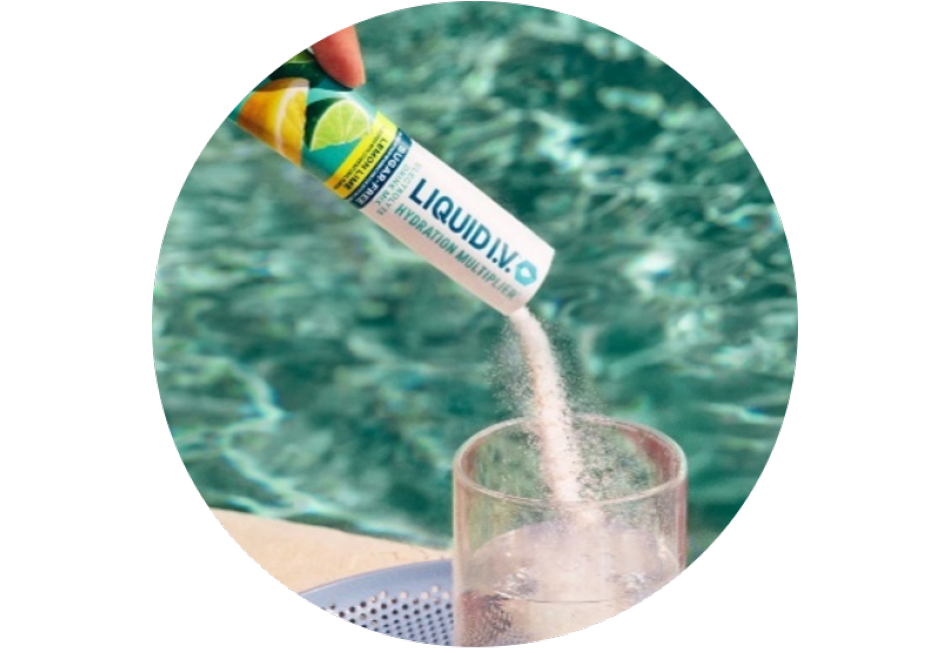
Liquid IV’s hydration powders can be used by anyone, anywhere, and the brand’s fun and fresh flavors attract athletes and non-athletes alike. With benefits across energy, immunity, gut health, and sleep, there’s no shortage of moments to grab a packet of their electrolytes—whether it be following a workout, the morning after a social evening, on an airplane, or daily use to put your wellness shield on.
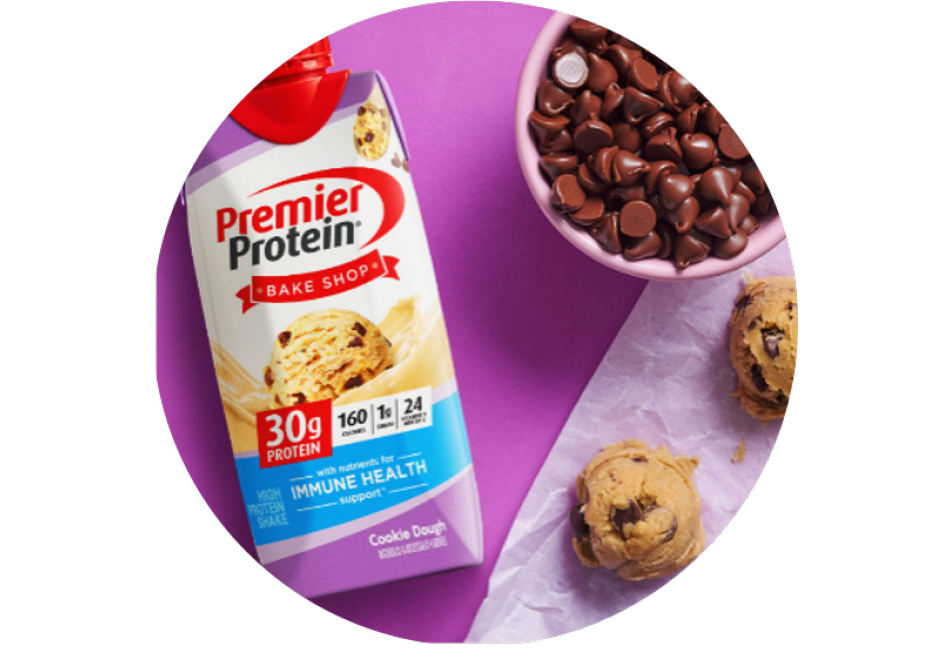
In a category once dominated by heavy gym goers and lackluster products, Premier Protein is shaking things up with tasty but nutritious protein solutions for shoppers of any sort. The brand celebrates the many possibilities for ready-to-drink enjoyment through its socials which offer inspiration for DIY indulgence. The versatility resonates with consumers, who are eager to share creations like “profee” (protein coffee), guilt-free “nice cream” spun in their Ninja Creamis, or even pudding!
Hyper-Unit Growth Playbook
![]() Superior Value Equation: Be consumer need centric
Superior Value Equation: Be consumer need centric
Constantly improving upon the value equation, by prioritizing needs vs wants that fit into consumers’ day to day life is crucial to driving habitual usage. Brands need to understand both the core consumer needs at the heart of their decision making and the broader frame of reference in which people make decisions – and what they’re comparing your brand to – to grasp the context. A superior value equation is essential to bring in new households and drive repeat purchase.
![]() Inspire Multiple Occasions: Understand your demand spaces
Inspire Multiple Occasions: Understand your demand spaces
Understanding the demand spaces in which your brand can play in is critical to spurring incremental consumer usage and regimen. Consumers are motivated by underlying needs, many of which ladder up to internal triggers that can prompt instinctual repurchase. Once brands understand where to play, they can pinpoint how to best meet consumers’ needs in these spaces with priority demand plan elements.
![]() Be Easily Accessible: Online to offline (O2O) execution
Be Easily Accessible: Online to offline (O2O) execution
Bringing people in – and slotting into their busy lives – requires meeting consumers where they are and making it as convenient and obvious as possible that this product is a great fit for their needs. Starting point is using channels to take control of the consumer relationship both physically and digitally . Understanding the consumer role each channel fulfills, and what will delight consumers across each of these channels, will be the key to pulling on the right levers to achieve growth. In a decidedly omni channel environment, brands need to both stand out in-store as well as online with search and media to be “above the fold” and consistently show up organically for shoppers.
Let’s get in touch, we have more insights to share on each of the trends above! Reach out to us at info@seuratgroup.com to discuss winning, growth boosting strategies.


